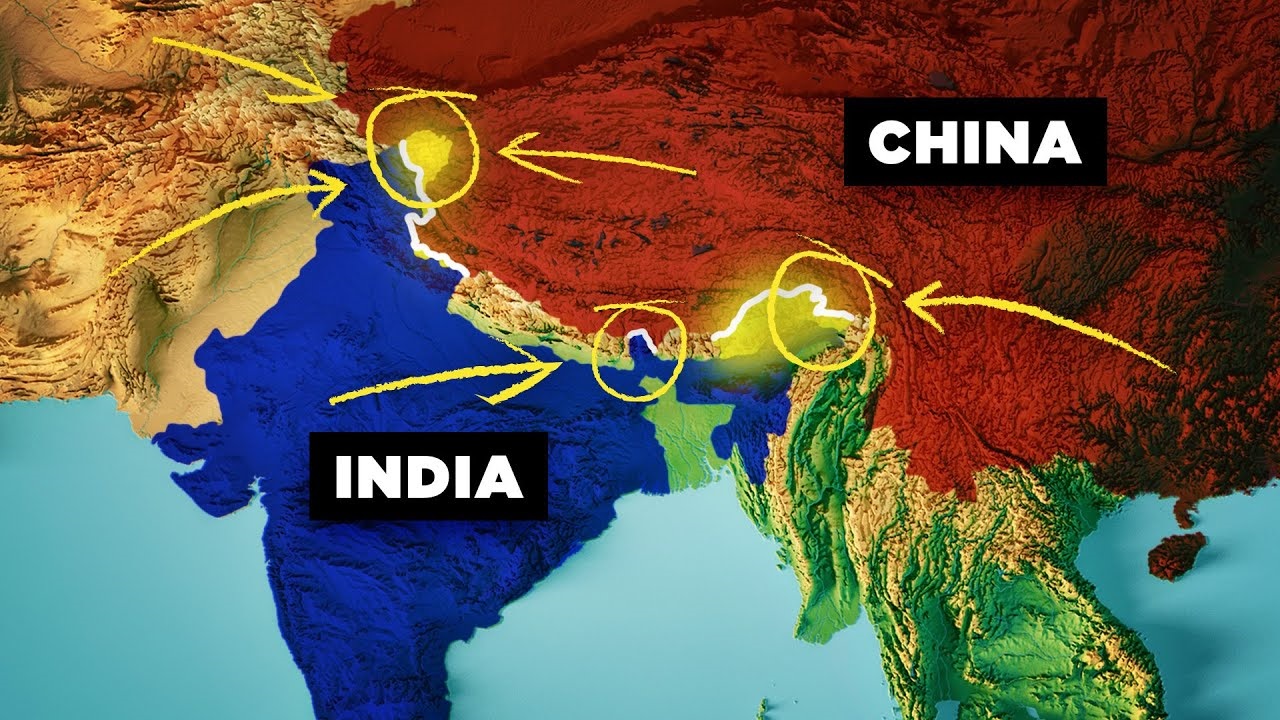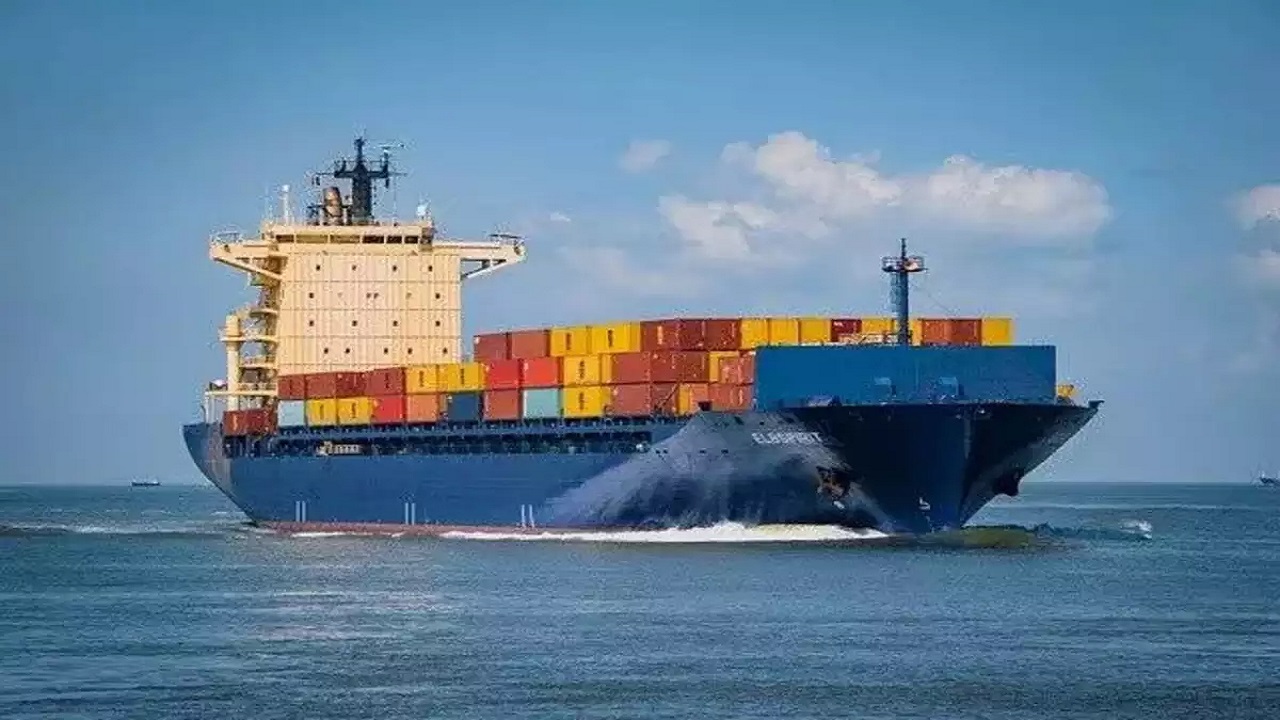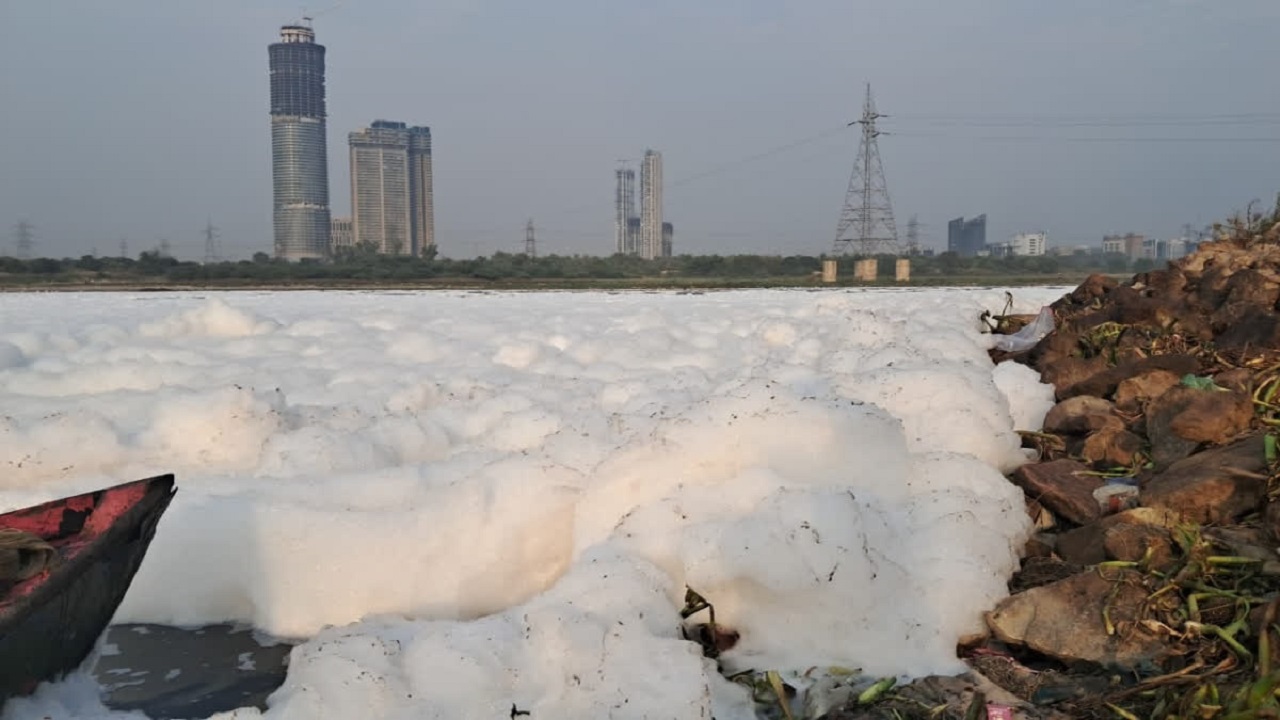India-China: Fostering Diplomatic and Economic Growth
Context: The two countries, India and China, aim to use the opportunity following the recent meeting between their Foreign Secretaries to enhance public diplomacy efforts and conduct several commemorative activities. This meeting marks a significant step in the ongoing efforts to rebuild trust and cooperation between the two nations, following a period of tensions caused by military standoffs and the impact of the COVID-19 pandemic. The steps outlined below reflect the shared commitment to improving ties and fostering mutual growth and stability.
Key Announcements and Initiatives
Several important steps have been taken to improve cooperation between India and China:
-
Kailash Mansarovar Yatra
- This important pilgrimage will resume in summer 2025, allowing Indian devotees to visit one of their most sacred sites in Tibet.
- This initiative serves as a symbol of cultural and religious ties between the two nations.
-
Sharing Hydrological Data
- Both countries have agreed to restart cooperation on sharing hydrological data about rivers that cross their borders.
- This data sharing is crucial for the effective management of water resources, particularly for the regions downstream.
-
Direct Air Services
- India and China have agreed to resume direct flights, making travel easier for people, including business representatives, media, and cultural groups.
-
People-to-People Exchanges
- In celebration of the 75th anniversary of diplomatic relations in 2025, both countries plan to organize cultural events, media exchanges, and academic collaborations.
- These initiatives aim to rebuild trust and foster deeper understanding between the people of both countries.
Key Areas of Concern in India-China Relations
Despite these positive steps, several issues continue to challenge the relationship between India and China:
-
Unresolved Border Disputes
- The Line of Actual Control (LAC) remains a major point of disagreement, with both countries having competing claims.
- Conflicts such as those in Galwan Valley (2020) and Tawang (2022) indicate that tensions along the border have not been fully resolved.
-
Trade Imbalance
- India faces a significant trade deficit with China, meaning it imports more from China than it exports.
- In 2023-24, the trade deficit reached USD 85 billion, up from USD 83.2 billion the previous year.
- India has expressed concerns about China's restrictions on certain products like pharmaceuticals and high-tech goods, while China has raised issues regarding India's business regulations.
-
China-Pakistan Relationship
- China's support for Pakistan through initiatives like the China-Pakistan Economic Corridor (CPEC), which passes through disputed territory claimed by India, remains a point of tension.
-
China’s Growing Influence
- China is expanding its influence in South Asia through projects like the String of Pearls and its growing presence in countries such as Maldives and Sri Lanka, creating security concerns for India.
- Additionally, China's actions in the South China Sea and the Indo-Pacific have raised regional stability concerns.
The Way Forward
To address these challenges and build a more balanced and long-term relationship, India and China have discussed the following approaches:
-
Managing Border Issues
- Both nations are engaged in ongoing discussions and agreements to maintain peace along the LAC. Past agreements, such as those on Depsang and Demchok, offer hope for future de-escalation.
-
Diplomatic Talks
- Regular discussions through both bilateral and regional forums such as BRICS and SCO will help maintain open communication and facilitate cooperation on various issues.
-
Improving Economic Ties
- Addressing trade barriers and making trade policies clearer will be crucial to creating a more balanced economic relationship.
- Both countries are working to ensure policy transparency and ease regulatory issues to improve bilateral economic cooperation.
Economic and Diplomatic Relations
China is India's largest trading partner, with bilateral trade reaching USD 118.4 billion in 2023-24. However, challenges remain, including trade barriers and issues with market access, which hinder the full potential of their economic ties. Clear and predictable economic policies are essential for enhancing their economic relationship and fostering long-term growth.
Enhancing People-to-People Ties
In celebration of the 75th anniversary of diplomatic relations, India and China will organize cultural events, media exchanges, and academic collaborations. These activities aim to:
- Rebuild trust and understanding between the two nations.
- Promote deeper connections between ordinary people, strengthening long-term relationships.
Conclusion: Moving Towards Stability and Growth
The recent initiatives taken by India and China signal a positive shift towards improving their relationship. While challenges remain, such as unresolved border issues, trade imbalances, and strategic differences, the emphasis on cultural exchanges, trade transparency, and environmental cooperation demonstrates both nations' commitment to addressing these challenges. By maintaining open communication and focusing on long-term cooperation, India and China have the opportunity to create a more stable and prosperous future for both countries and the wider region.

.jpg)


Comments (0)